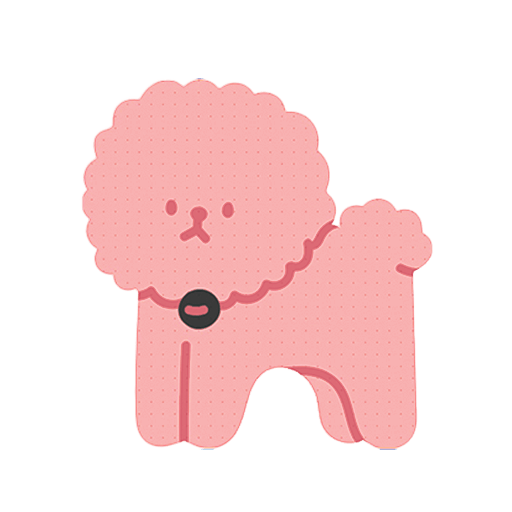Uncategorized
5 Signs that Your Dog is Aging and needs extra care
5 Signs that Your Dog is Aging and needs extra care
Dogs grace our lives with their companionship for a relatively short span of a dozen years or so. While this time seems fleeting for us, it marks a significant portion of a dog’s life. It’s commonly acknowledged that dogs enter their senior years around the age of 7. How can we discern if our furry friends are entering this phase? The following five signs serve as indicators. Do you recognize these signs in your canine companion? Let’s delve into them and cherish our dogs all the more.
Presence of Gray Hair:
Just as humans exhibit graying hair as a sign of aging, dogs, too, may experience changes in the color of their fur. While most of their coat may not turn white, you may notice whitening around their nose and mouth. Additionally, aging dogs may appear visibly older. Regular grooming not only keeps their coat in good condition but also stimulates blood flow, benefiting their overall health.
Increased Sensitivity to Cold:
As dogs age, their immune system may weaken, making them more susceptible to the cold. If your dog prefers warm places, it could be an indicator of aging. Pay attention to their living environment, providing additional comforts like extra padding. Including probiotics in their diet can help regulate their digestive system and enhance resistance.
Heightened Affinity for Sleep:
Observing changes in your dog’s daily routine can reveal signs of aging. Unlike their more active younger selves, senior dogs tend to enjoy more sleep. Their energy levels may decrease, and they might appear fatigued. However, if your dog consistently engages in deep sleep, it’s advisable to check for conditions like diabetes, as excessive drowsiness can be a symptom.
Slower Reaction Time:
Aging dogs often experience a decline in agility. Initially, this may manifest as joint stiffness or arthritis, progressing to more severe joint issues. Older dogs are prone to discomfort during physical activities. You may notice a reduction in activities like jumping onto furniture or climbing stairs. Some dogs may even exhibit signs of cognitive dysfunction, warranting careful attention.
Cloudy Eyes:
The eyes are windows to the soul, and in the case of dogs, they can reveal the onset of old age. With advancing years, a dog’s eyes may lose their clarity, becoming somewhat cloudy. Some dogs may develop eye conditions like cataracts, a common occurrence in senior dogs, especially those with diabetes.
Conclusion:
In summary, being attuned to these five signs can help you recognize when your dog is entering the golden years. Embracing the aging process and providing additional care, whether through enhanced living conditions or dietary adjustments, can significantly contribute to your dog’s well-being. Remember, the love and companionship they offer are timeless, and by cherishing these signs, you can ensure that their senior years are filled with comfort and joy.



